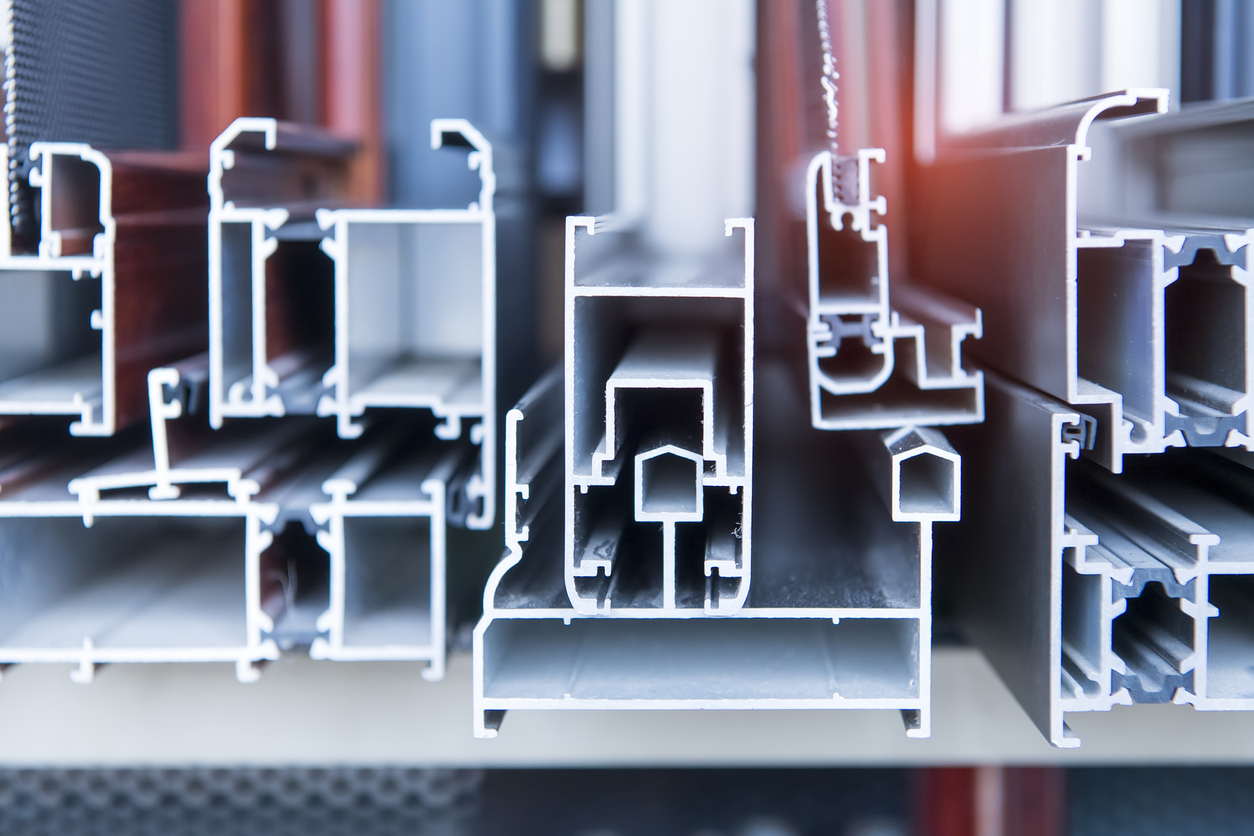

A structural steel fabricator was supplied by a competitor. Our sales rep had access to management but they were satisfied with their current supplier. At some point, the customer purchased three (3) robotic solutions and they were struggling for support. For whatever reason, the incumbent supplier would not or could not help them. Our sales rep gained permission to bring in one of our productivity specialists to perform a study of weld output on the automated solutions.
During our shop tour, we uncovered that the shop had thirty (30) manual welders along with the three (3) automated weld cells. It became apparent to us that the bulk of the work and the shop bottleneck was surrounding a particular automated weld cell. This specific cell welded circumferential end caps on square tubing of all types of thicknesses and sizes.
We determined that four (4) things could help the manufacturer:
We knew that the first three topics could be solved with a wire and gas change. Solution #4 was corrected easily. The customer allowed us to do a weld test on the problem robotic cell.
Our proposal showed the General Manager a welded part with an extremely low bead profile. The Plant Manager confirmed to the GM that the grinding on the part was dramatically reduced. He also confirmed that we were able to fill grooves on all materials 5/8” and less in two passes. We then demonstrated the calculated savings in relation to the increased weld deposition. Next we showed examples of how we could switch their robotic cells from spooled wire to bulk packs with the resulting labor savings. In return we asked for their business.
The GM became our internal champion. He brought our proposal to the business partners who owned the company and advised them to move forward with our offering. We gained all business related to welding including implementing the gas change on 2 of the 3 robots. As predicted, the customer enjoyed the reduced passes per weld and drastically reduced grind time. We developed a great relationship with the customer who now averages $600K annually. In subsequent years and upon our recommendations the customer purchased a beam line, a 5-axis cutting table and an automated grinding solution over the next 5 years.